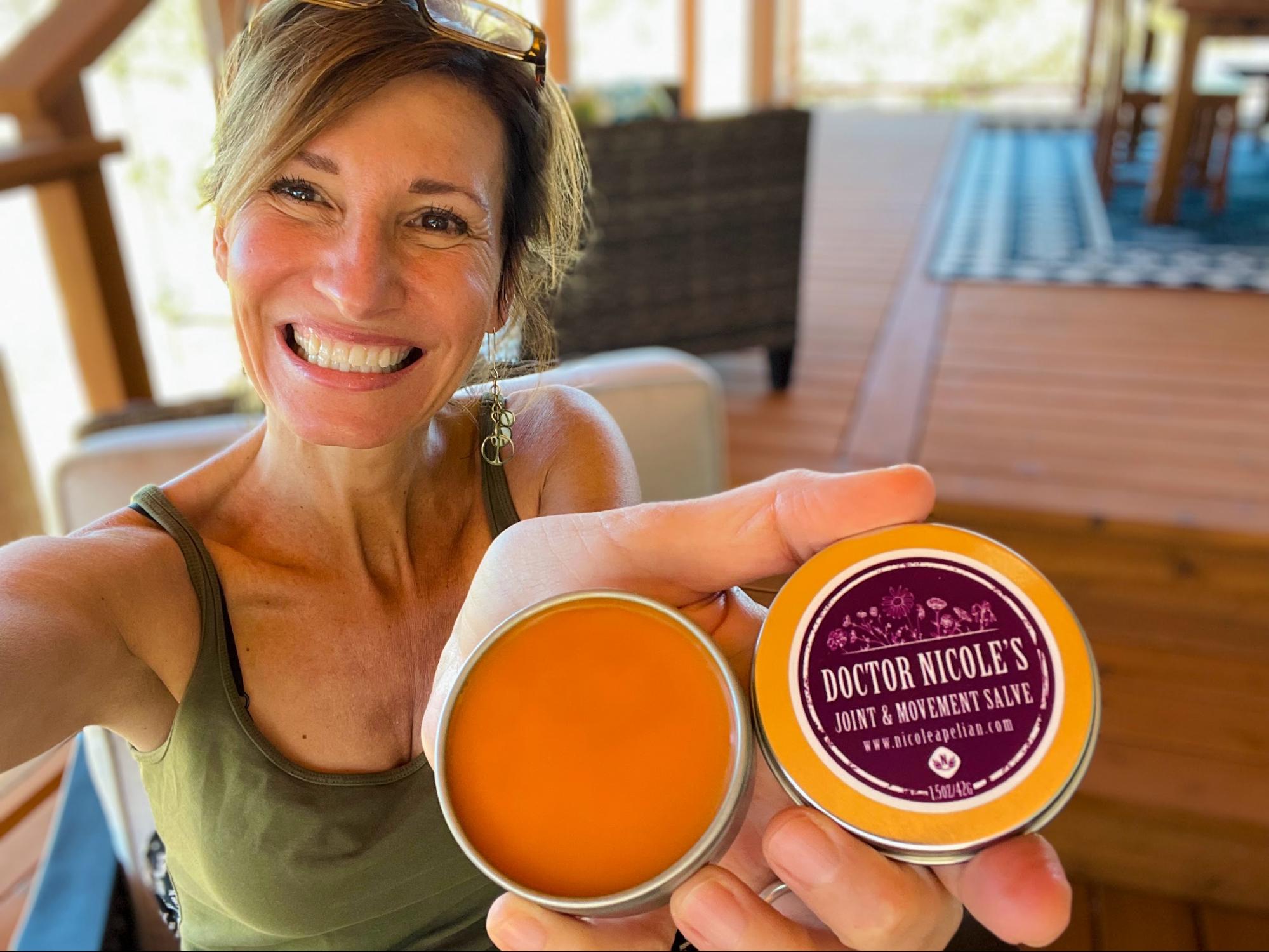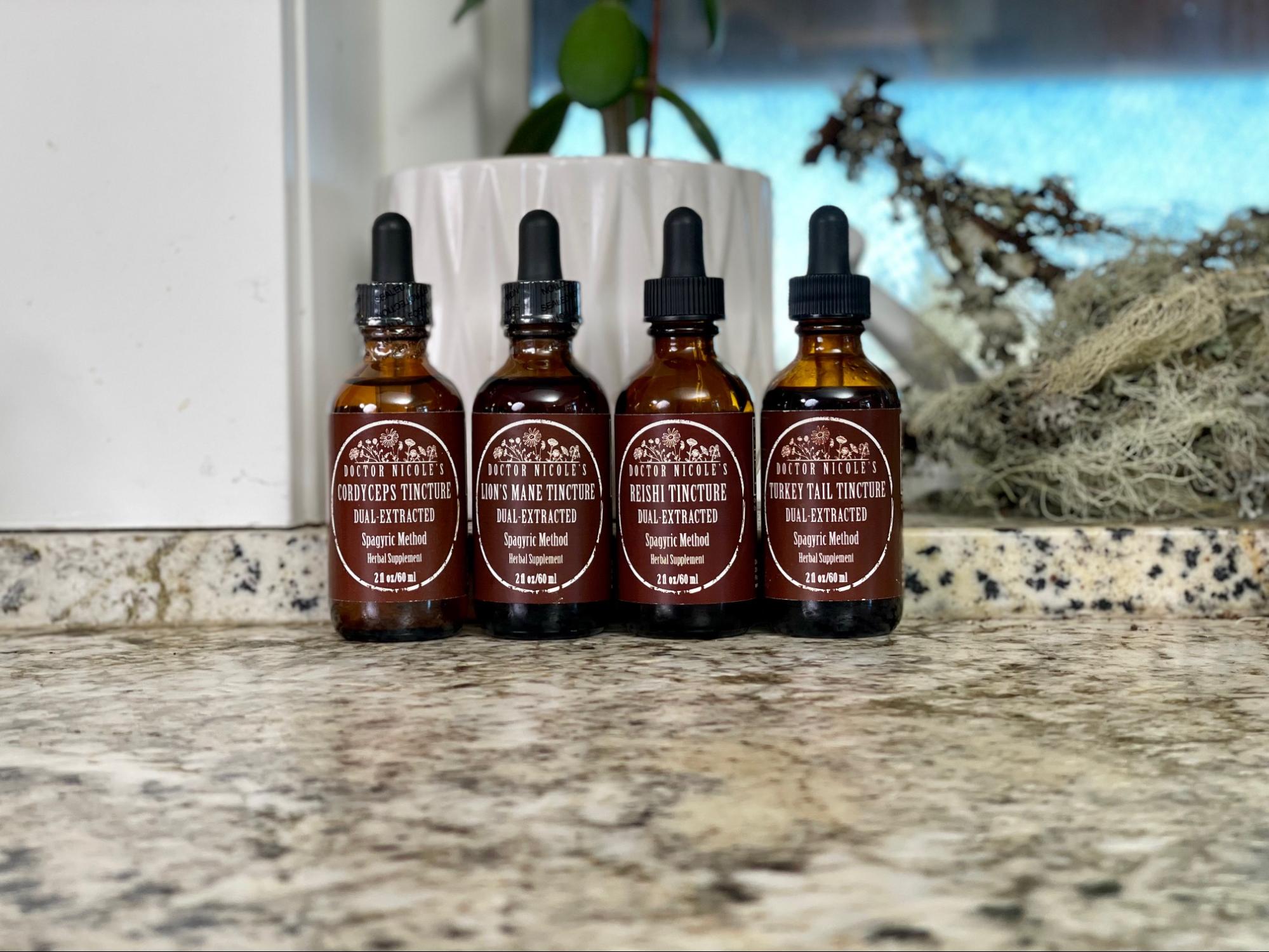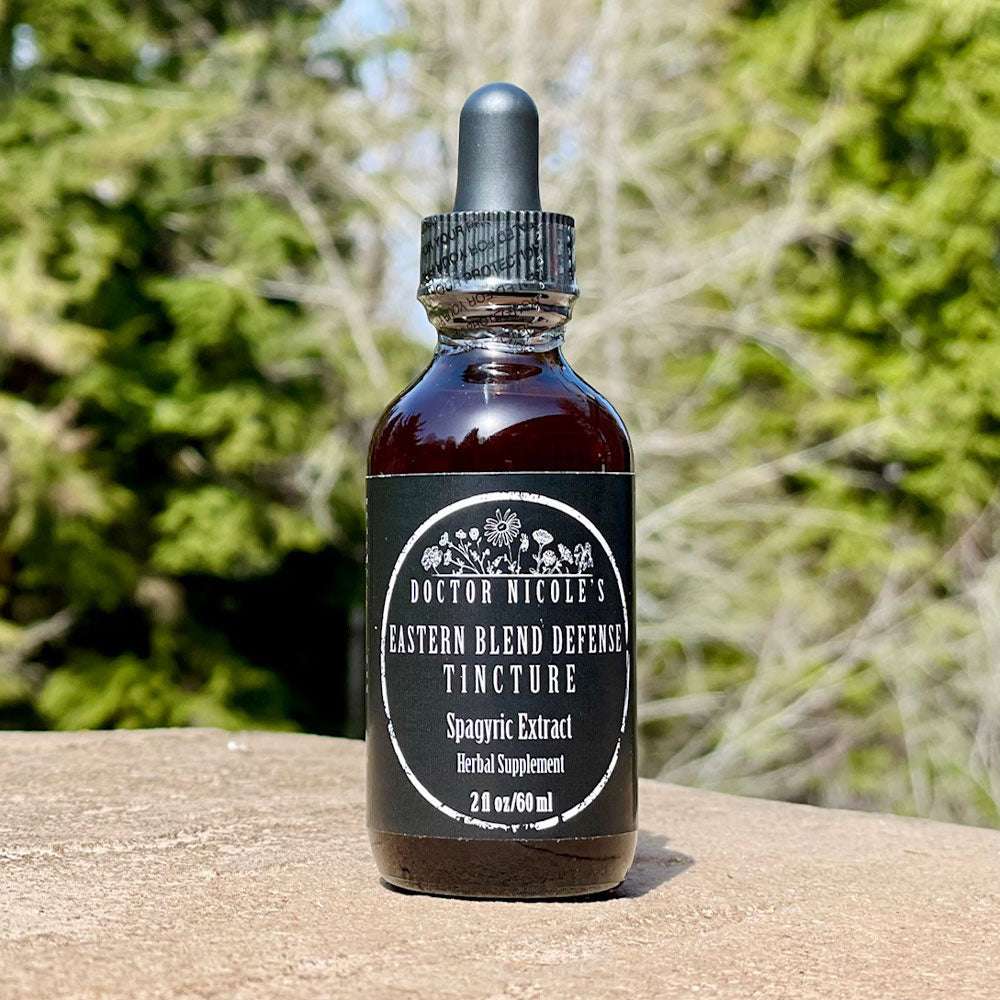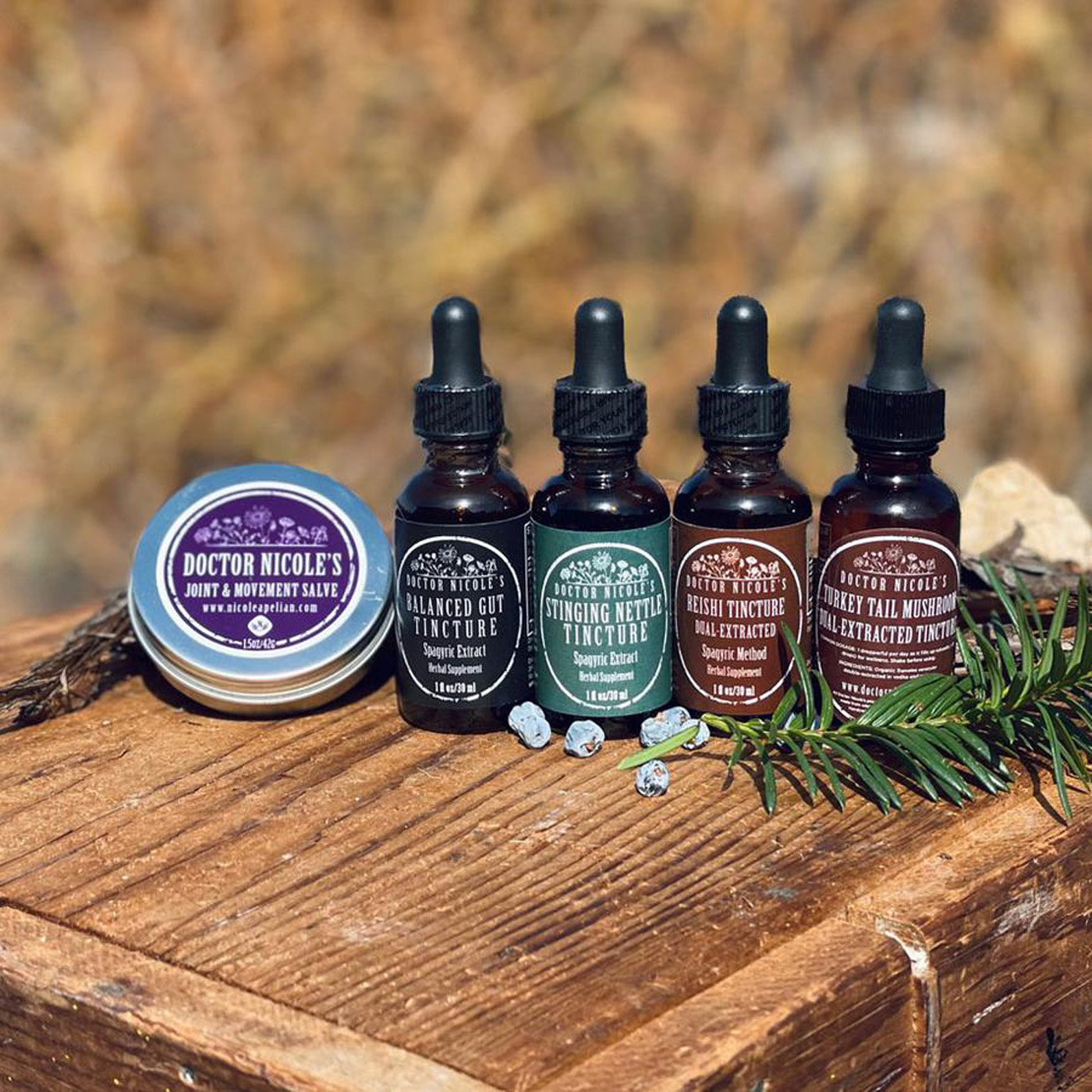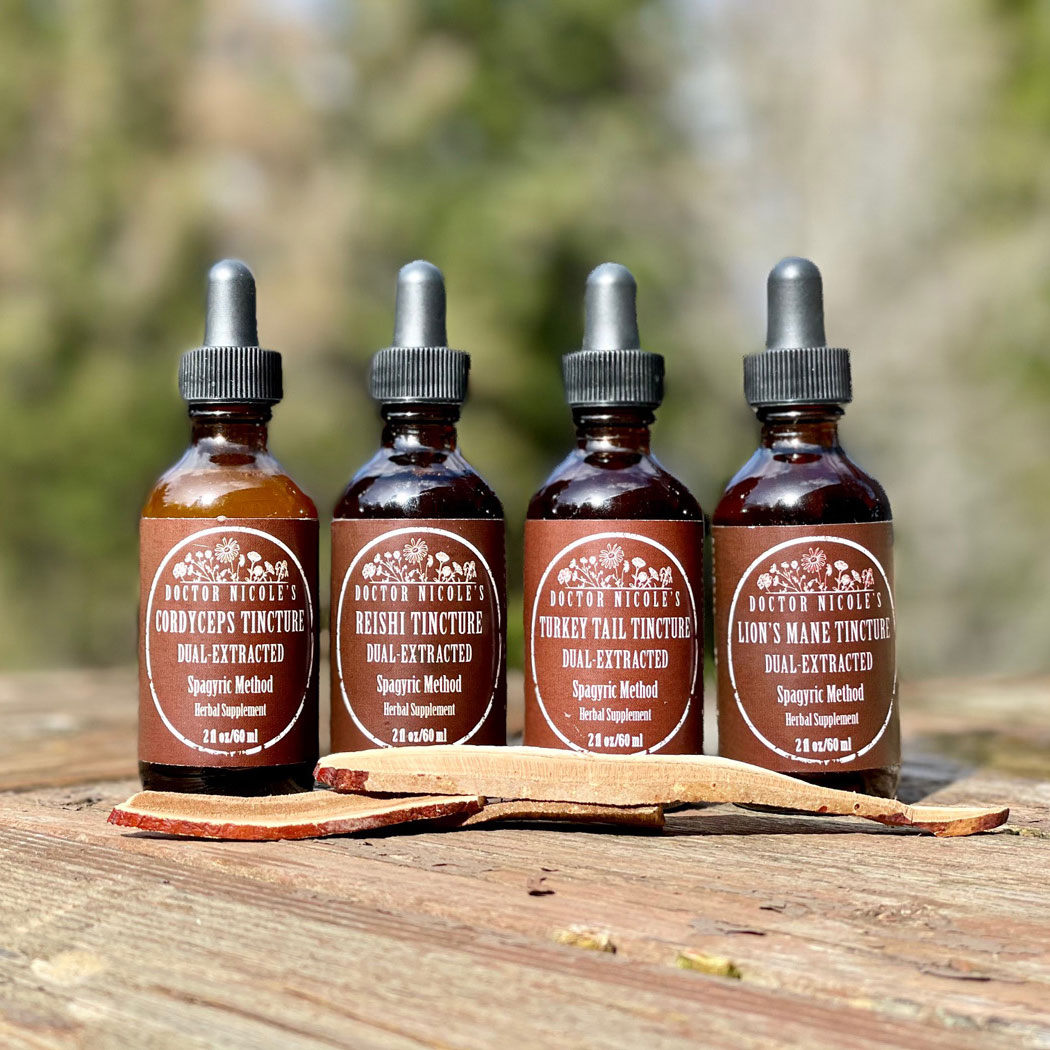A Mystery Syndrome
Long dismissed by the mainstream medical community, post-treatment Lyme disease syndrome (PTLDS) is now considered a real disorder that causes significant symptoms, thanks to recent research on the condition. Chronic Lyme is now a verifiable syndrome that affects countless individuals who have been infected and treated for the tick-borne spirochete B. burgdorferi that causes the disease. However, there is still disagreement as to why the condition arises in the first place — leading some scientists to suggest PTLDS may actually be autoimmune in nature.
What is post-treatment Lyme disease?
Often referred to as “chronic Lyme disease”, PTLDS causes substantial symptoms in the absence of a clinically detectable infection after treatment with antibiotics.1 These can include fatigue, fibromyalgia-like pain, insomnia, cognitive dysfunction (such as brain fog and memory issues), and depression.
A 2018 study at Johns Hopkins Medicine involving 61 people who had been treated for Lyme disease found the symptoms listed above persisted long after treatment was completed — even though there wasn’t any indication of an ongoing infection.1
Lead author John N. Aucott, M.D., associate professor of medicine at the Johns Hopkins University School of Medicine and director of the Johns Hopkins Lyme Disease Clinical Research Center, first agreed to investigate patients with PTLDS as defined by the Infectious Diseases Society of America as “the development of significant fatigue, widespread musculoskeletal pain and/or cognitive difficulties that arise within six months after completion of antibiotic therapy for physician-documented Lyme disease and that last for at least six months.”
Aucott and his team collected detailed medical histories from each of the participants, who also received a comprehensive physical exam that included a battery of clinical and laboratory tests — including an extensive neurological assessment. Interestingly, there wasn’t a statistically significant difference in the test results or physical exam that would lend a truly objective marker for PTLDS.
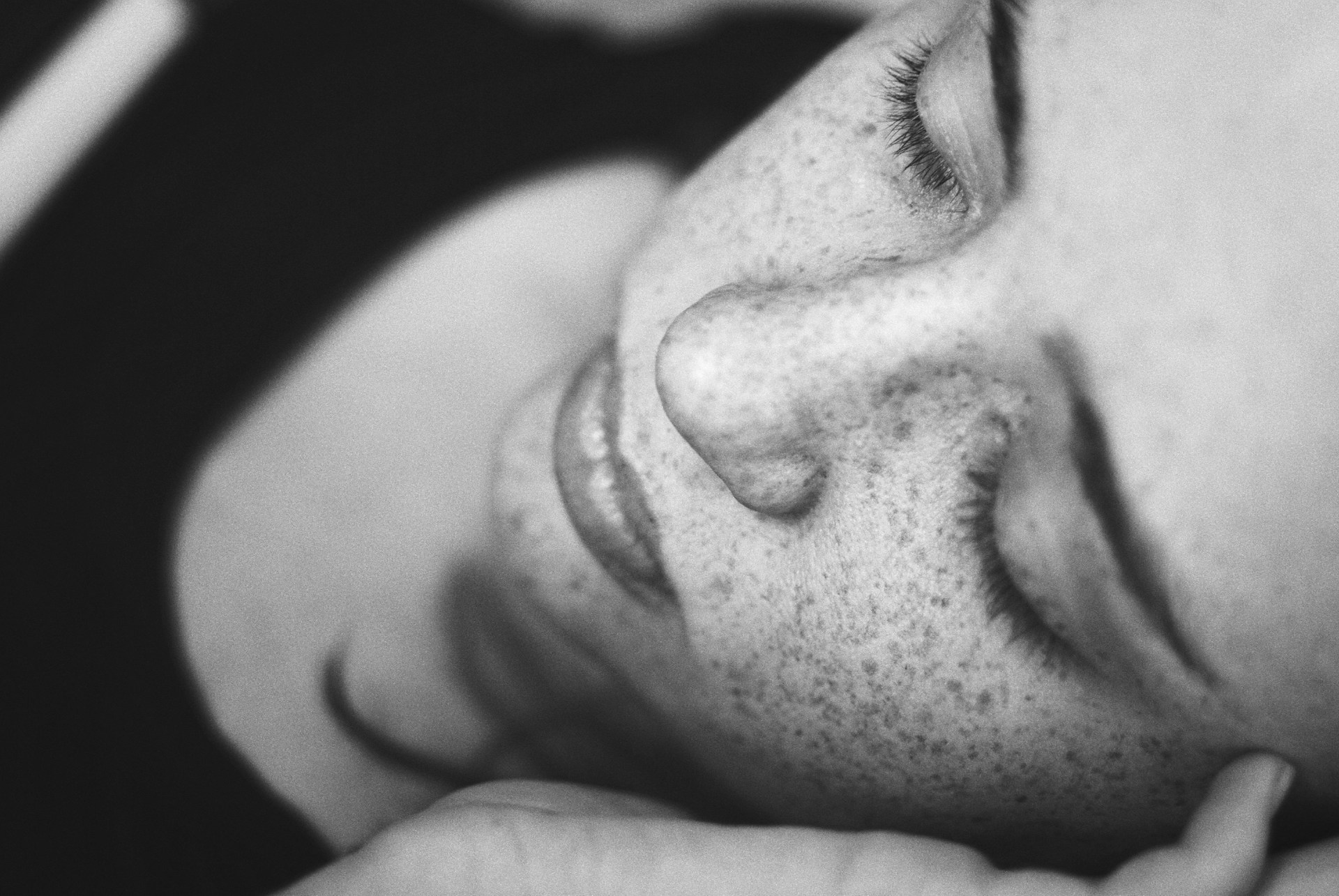
However, there were considerable differences in the results of the questionnaires.
“About 50 percent of the PTLDS patients reported severe fatigue, about 28 percent reported severe pain, about 23 percent reported severe cognitive complaints and about 31 percent reported severe sleep difficulty. None of the healthy controls reported any symptoms in the “severe” range.”1
Study co-author Kathleen Bechtold, Ph.D., associate professor of physical medicine and rehabilitation at the Johns Hopkins University School of Medicine, points out that even though the test results of the PTLDS group did not show clear biological markers of the syndrome “…it’s clear these patients don’t feel well. … These symptoms are more severe than what an average non-PTLDS patient is experiencing even on a bad day.”
Since researchers are still unclear about the actual cause of PTLDS, some believe the symptoms may indicate an underlying autoimmune disorder caused by the original infection.
The Connection Between Tick-Borne Infection & Autoimmunity
While it remains a mystery why PTLDS arises in the first place, a 2020 study published in the journal Frontiers in Medicine suspects an autoimmune component is at work.2 The authors note that dendritic cells (DCs) are “major drivers of the adaptive immune response against pathogens” and are closely tied to T cell activation. Dendritic cells reside in the skin, so when you are bitten by an infected tick, these cells go into action and alert the T cells.
The team found that B. burgdorferi alters the self-peptide repertoire of these cells, which may contribute to a dysregulated immune response — leading to autoimmunity where the immune system mistakenly attacks the joints (Lyme arthritis) and promotes ongoing inflammation that is associated with fatigue, brain fog, depression, mood disorders, and more.
Other theories on the causes of chronic Lyme include:
Clusters of bacteria remain after surviving the early intervention of antibiotics. Some researchers believe the bacteria forms cysts as a protective mechanism.3
Bacteria debris left after treatment that causes inflammation.4
Undiagnosed disorders that are unrelated to the Lyme infection, such as chronic fatigue syndrome, fibromyalgia, osteoarthritis, rheumatoid arthritis, etc.5
Because the root cause is unknown, the team concluded: “Clearly, infection with B. burgdorferi triggers poorly understood immune processes, and considering the rising incidence of Lyme disease as well as the complexity of disease outcomes, a deeper understanding of the immune-mediated process triggered by Borrelia is needed.”2
Where To Go From Here: Herbal Support
Even though researchers aren’t entirely clear why PTLDS arises, herbal remedies can help address the inflammation, brain fog, joint pain, and fatigue associated with the condition. Here are my top recommendations:
Joint & Movement Bundle
If you’re struggling with mobility issues or chronic pain due to autoimmunity or another health challenge — including PTLDS, our Joint & Movement Bundle offers targeted relief.
This powerful bundle includes four herbal tinctures designed to reduce inflammation, ease discomfort, and regulate an overactive immune system. Dual-extracted reishi and turkey tail medicinal mushroom tinctures calm autoimmunity and inflammation; our Balanced Gut formulation supports gut health and promotes immune system balance; and stinging nettle tincture to cool inflammation, lower the histamine response, and promote better circulation. Also included is our Joint & Movement Salve for relieving inflammation and easing pain in joints and muscles.
Mushroom FOURtress
Used for centuries in Traditional Chinese Medicine, our Mushroom FOURtress Bundle contains dual-extracted, fruiting body tinctures of Cordyceps, Lion’s Mane, Reishi, and Turkey Tail. Each medicinal mushroom has unique research-backed benefits that include: lowering inflammation, reducing stress, modulating the immune system, boosting brain function, fighting viral and bacterial infections, stimulating Nerve Growth Factor (NGF), improving energy, inhibiting cancer, lessening brain fog, and more. This is our top autoimmune bundle for good reason! I personally use each of these tinctures every day to manage my multiple sclerosis.
Eastern Blend
If you are struggling with an active Lyme infection, we believe there is no better herbal formulation than our Eastern Blend. It contains concentrated extracts of Chinese skullcap, Japanese honeysuckle, Japanese knotweed, and cordyceps mushroom. These research-backed herbs address a wide range of health concerns, including: viral and bacterial infections, respiratory illness, anxiety, insomnia, cardiovascular issues, and more. It has powerful anti-inflammatory action and helps to boost/modulate the immune system.
OUTSTANDINGLY EFFECTIVE
“My family and I have used Nicole’s tinctures for quite some time with incredible results — and her Eastern Blend is no exception!
For the autumn and winter of 2022-2023, we began using Nicole’s Eastern Blend, Travel Pack, Mushroom FOURtress, and Balanced Gut Blend.
Wow, what a difference from the previous year! We have not been sick one time, even though everyone else around us has been impacted by strep throat, influenza A, severe acute respiratory syndrome, and more. Plus, the inflammation, brain fog, and fatigue from the Lyme has disappeared. We are believers — these products work!
Thank you Nicole for your dedication to natural health and sharing it with the world!”
-C.Wright”
Are you ready to take charge of your health and improve your well-being? Stop by my apothecary today and learn about why our products are the gold standard of medicinal extracts!
Nicole Apelian
Nicole’s Apothecary Products in this Post
References
- Kawamoto, Y., Ueno, Y., Nakahashi, E., Obayashi, M., Sugihara, K., Qiao, S., Iida, M., Kumasaka, M. Y., Yajima, I., Goto, Y., Ohgami, N., Kato, M., & Takeda, K. (2016). Prevention of allergic rhinitis by ginger and the molecular basis of immunosuppression by 6-gingerol through T cell inactivation. The Journal of nutritional biochemistry, 27, 112–122. https://doi.org/10.1016/j.jnutbio.2015.08.025. https://pubmed.ncbi.nlm.nih.gov/26403321/
- Ishikawa, Y., Tokura, T., Nakano, N., Hara, M., Niyonsaba, F., Ushio, H., Yamamoto, Y., Tadokoro, T., Okumura, K., & Ogawa, H. (2008). Inhibitory effect of honeybee-collected pollen on mast cell degranulation in vivo and in vitro. Journal of medicinal food, 11(1), 14–20. https://doi.org/10.1089/jmf.2006.163. https://pubmed.ncbi.nlm.nih.gov/18361733/
- Mlcek, J., Jurikova, T., Skrovankova, S., & Sochor, J. (2016). Quercetin and Its Anti-Allergic Immune Response. Molecules (Basel, Switzerland), 21(5), 623. https://doi.org/10.3390/molecules21050623. https://pubmed.ncbi.nlm.nih.gov/27187333/


